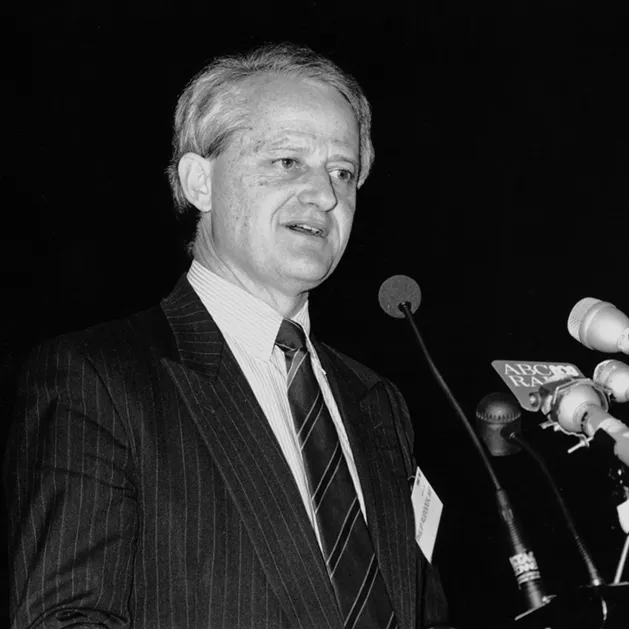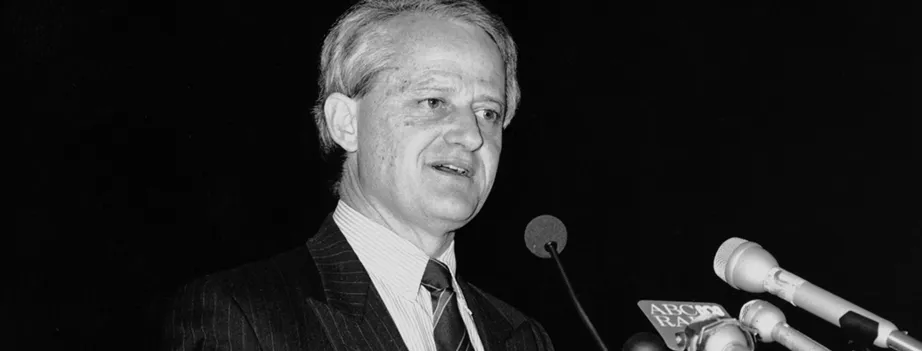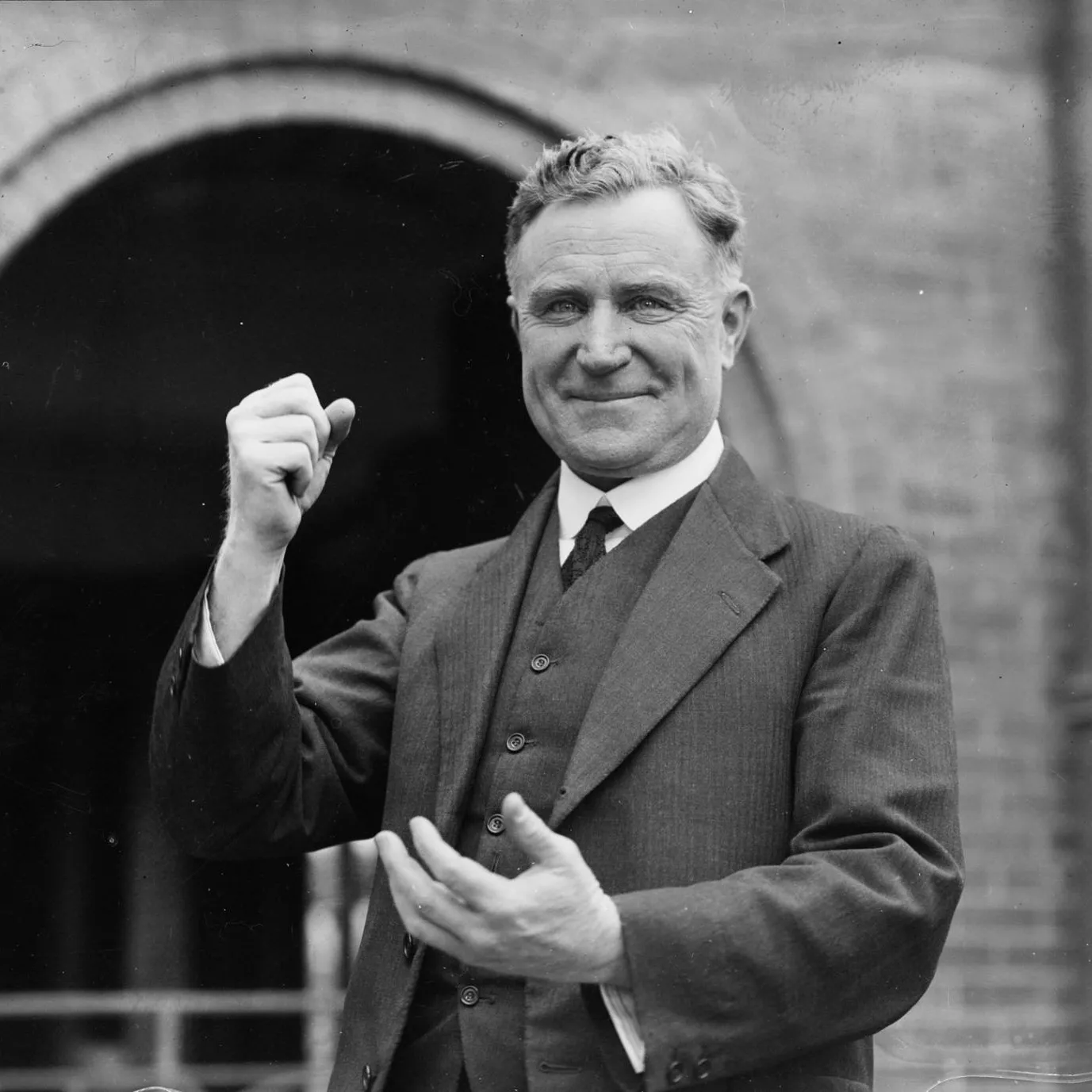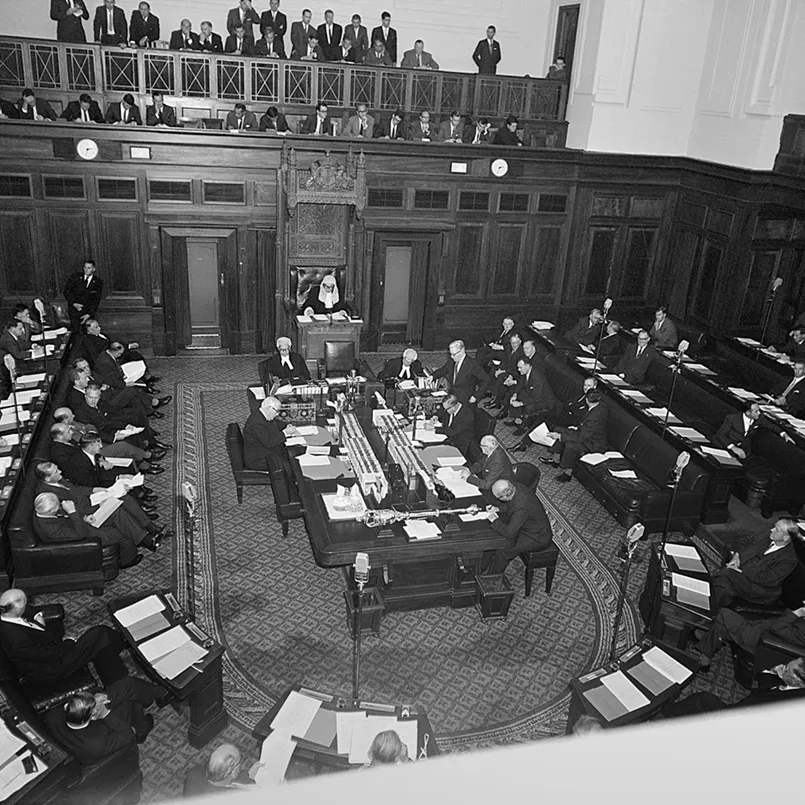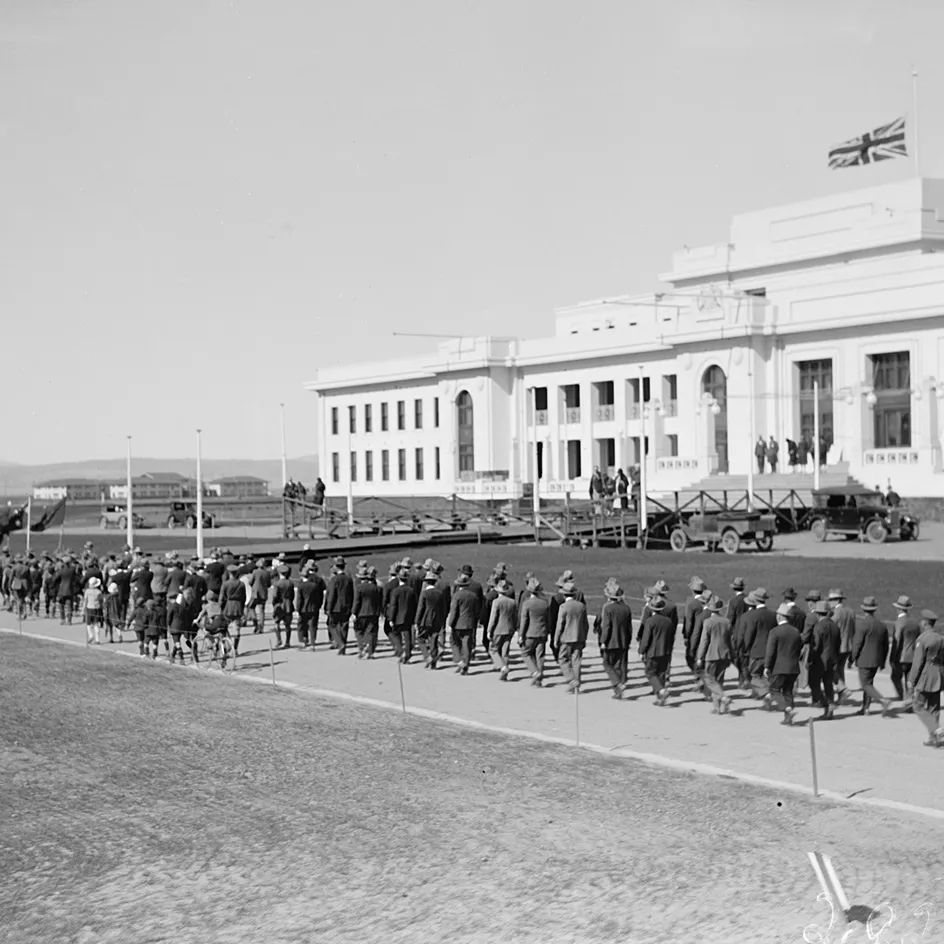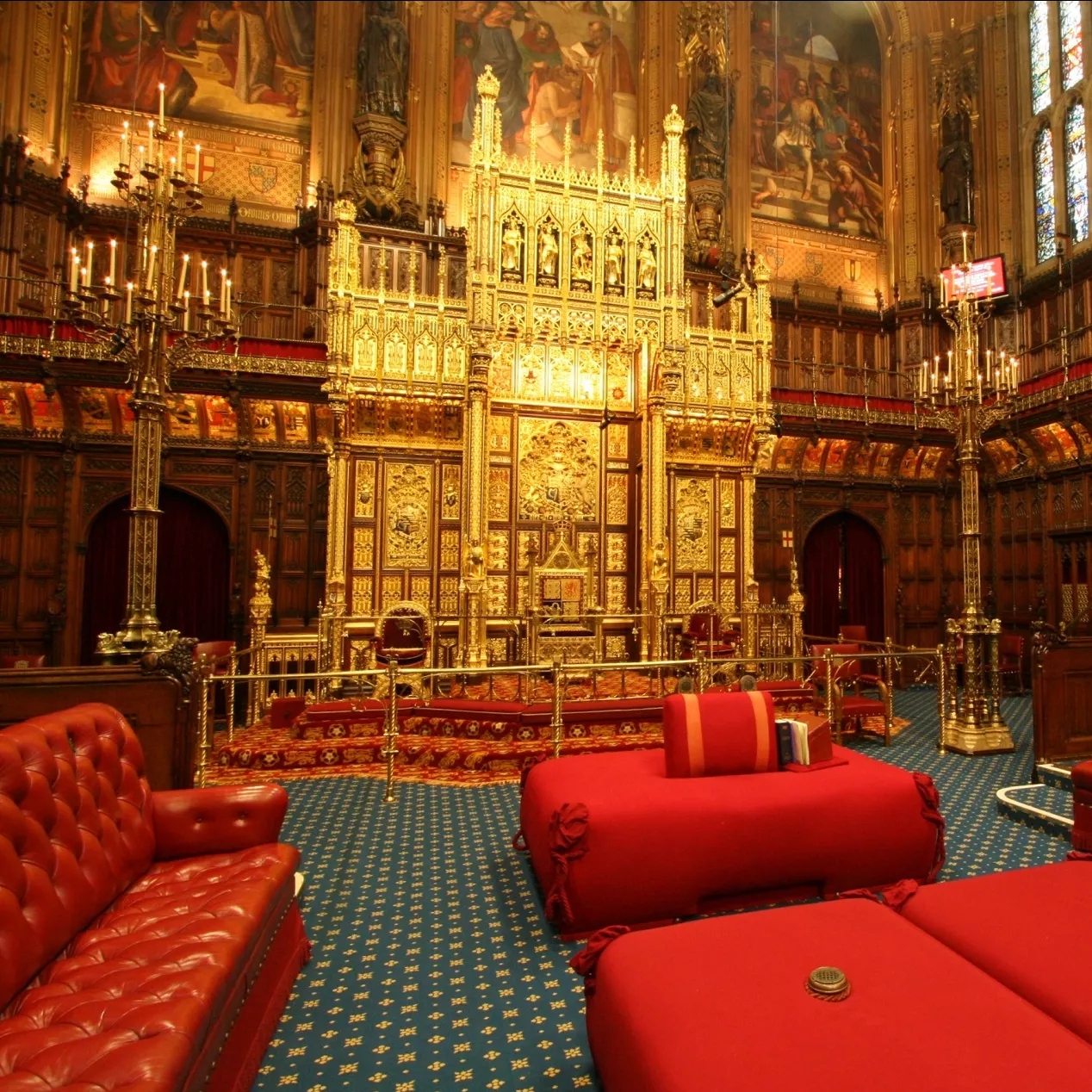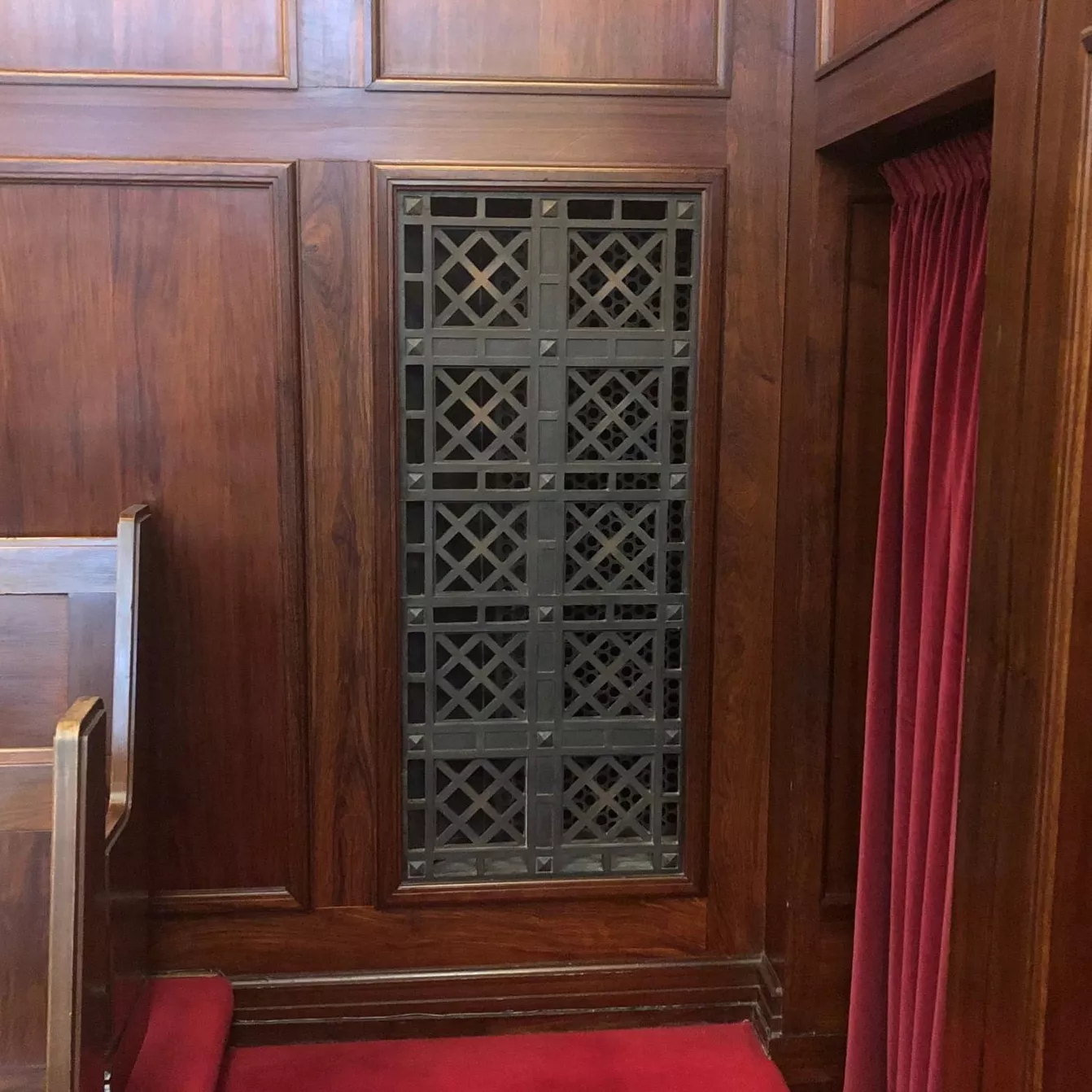The Father of the House
- DateThu, 11 Feb 2016
In February 2016, the Hon. Philip Ruddock MP, Father of the House, announced his retirement after forty-three years in the federal Parliament.
Mr. Ruddock’s tenure is the second-longest of any parliamentarian in Australian history; only Billy Hughes has served longer. Mr. Ruddock has been Father of the House, the longest continuously serving MP, since 1998, when Ian Sinclair retired.
With Mr. Ruddock’s retirement there were (at the time this article was published) just two people left in Parliament who sat in Old Parliament House when it was the home of the commonwealth parliament. Mr. Snowdon and Mrs Bishop were each elected in 1987, to the House of Representatives and the Senate respectively, and served in the ‘white wedding cake’ for less than a year. Mr. Ruddock, however, was at OPH for fifteen years and saw the Dismissal, the National Economic Summit, the Joint Sitting and other milestones. With his retirement, an era in the life of Australian politics draws to a close.
But what is the ‘Father of the House’, and who else has held this esteemed position over the years?
In Australia, the Father of the House is an entirely honorific title, and has absolutely no status apart from the prestige. In some other countries, though, the longest-serving politician has some official duties to perform. In the British House of Commons, the Father of the House is the presiding officer of a newly-elected chamber when it elects a new Speaker, a duty performed in Australia by the Clerk of the House. In the UK, a minister cannot be Father of the House, so in fact the role is performed by the longest-serving backbench MP; in practice, however, Fathers of the House tend to be elderly and thus not considered for Cabinet positions. This same system is used, with slight variation, in Canada and Germany. In the United States, the Dean of the House is the longest-serving Congressman, and he or she administers the oath of office to the Speaker, but does not preside over the election.
The aforementioned Hughes was elected in 1901, and thus was no more senior to any other MP. By 1935, all but Hughes and David Watkins, a Labor man from Newcastle, had left. When Watkins died that year Hughes became the Father of the House, while also serving as a minister and, briefly, leader of the United Australia Party. When Hughes died in 1952, at the age of ninety, his position of Father of the House fell to Earle Page, himself a former prime minister, who held it until he died in 1961. Sir Robert Menzies, John McEwen, Sir William McMahon and Malcolm Fraser were other prime ministers who were, either jointly or alone, the longest-serving member. In the case of both Menzies and Fraser, they were prime minister while also being Father of the House. Other long-tenured MPs who have been called Father of the House are Eddie Ward, Arthur Calwell, Doug Anthony, Fred Daly and Sir James Killen.
Some jurisdictions also have a ‘Mother of the House’, a title given to the longest-serving woman in the House of Representatives. Australia doesn’t use that title, but it would if the ‘Father’ of the House was a woman. The longest-serving woman in the House of Representatives is the Hon. Bronwyn Bishop MP, elected in 1994. To date there has never been a Mother of the House. From 1968 to her retirement in 1971, Senator Dame Annabelle Rankin was jointly Father, or Mother, of the Senate with her colleagues Justin O’Byrne and Bert Hendrickson.
The similarly informal title of ‘Father of the Senate’ exists in the Upper House. This was Senator the Hon. Ian Macdonald, whose term commenced in 1990.
The Father of either chamber has to have served continuously, so even if a member was elected before the current Father (or Mother), they are ineligible if this service is broken up. For example, after Mr. Ruddock the earliest-elected MP is the Hon. Warren Snowdon, who was elected in 1987. However, Mr. Snowdon was defeated in 1996, and returned in 1998. Since his service is not continuous, he did not become Father of the House after the next election.
The next-longest-serving MP was Deputy Prime Minister Warren Truss, who was elected in 1990 but retired at the next election. The Father of the House in the new Parliament was the Hon Kevin Andrews MP, who was elected in 1991.
The next person in line to be Father of the Senate was Senator the Hon. Kim Carr, who served since 1993.
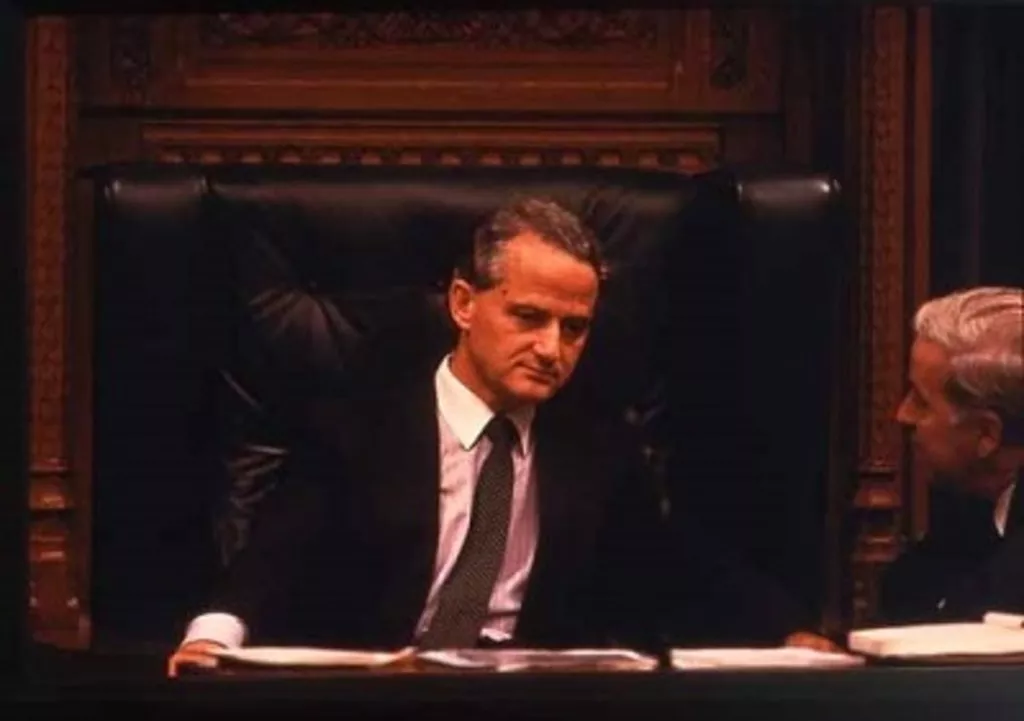
Philip Ruddock MP presiding over the House of Representatives in what is now Old Parliament House in 1988. Mr. Ruddock is one of the last members to have served in both the old and new buildings.

